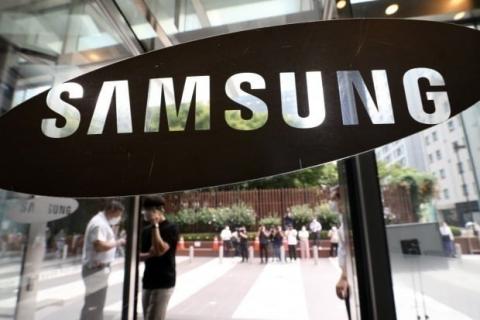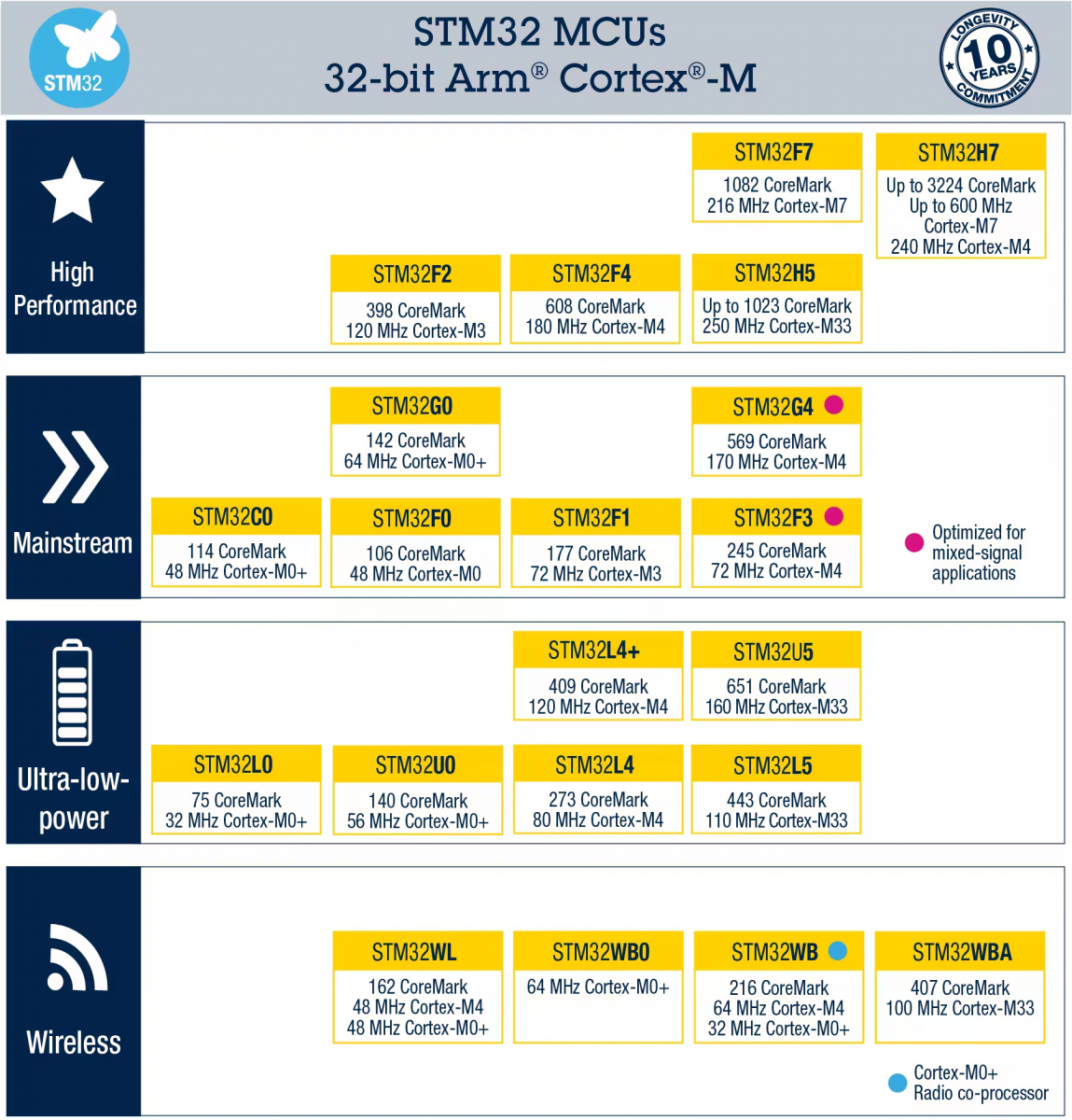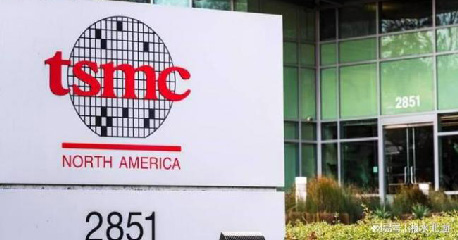According to the survey data, Samsung Electronics Co., Ltd. of South Korea lost its position of "No. 1 semiconductor sales in the world" in the third quarter of this year, and TSMC replaced it. Analysts believe that this is caused by multiple factors, including the deterioration of the main product storage semiconductor industry, the narrowing of the technology gap, and the slow growth of the system semiconductor business (semiconductor design and OEM).
According to the news from the Korean semiconductor industry on October 9, TSMC, a Chinese semiconductor foundry, achieved sales of 613.143 billion US dollars in the third quarter, becoming the global semiconductor enterprise sales champion. The preliminary statistics of the third quarter results released by Samsung Electronics Co., Ltd. in South Korea on October 7 showed that the semiconductor sales of Samsung Electronics in the third quarter were 246757 trillion won (1 yuan is about 200 won), and the sales of Intel was 15.49 billion dollars.
From the third quarter of 2021 to the second quarter of this year, Samsung Electronics ranked first in the world in terms of semiconductor sales for four consecutive quarters. In the third quarter of this year, TSMC, a semiconductor foundry, became the world's largest semiconductor sales company for the first time.
TSMC has only focused on wafer foundry business since its establishment 35 years ago, and has continuously improved its competitiveness and service level. Recently, with the increasing demand for "customized semiconductors", the OEM market for chip manufacturing according to customer requirements has expanded to 130 billion dollars. TSMC has taken orders from Apple, AMD and other companies, so its sales have leapt to the first place in the world.
It is reported that the situation of Korean semiconductor enterprises is not optimistic. The price of storage semiconductors, which accounted for more than 70% of the sales, dropped by more than 30% from the peak. Analysts believe that the technological gap between Korean semiconductor enterprises and American companies such as Micron has narrowed significantly and lost its advantages.

Although Samsung Electronics is making large-scale investment in OEM and semiconductor design businesses, most analysts believe that it has "failed to meet expectations". In the recent increasingly important post process (packaging) industry, the sense of existence of Korean semiconductor enterprises is also very low, and no Korean enterprise has entered the top ten in the world.
There are also many analysts who believe that "the future problem is bigger". Due to the US semiconductor export restrictions on China, more and more people worry that the competitiveness of Korean enterprises will weaken. Park Jae gen, a professor in the Department of Fusion Electronics Engineering at Hanyang University in South Korea, stressed that the restrictions on semiconductor investment should be relaxed and tax relief should be increased.
The storage semiconductor has played a solid role in backing up the world-class information technology enterprise Samsung Electronics, which can realize an operating profit of up to 45 trillion won each year to subsidize other businesses. Based on these funds, Samsung Electronics expanded its business to wafer foundry (semiconductor entrusted production), semiconductor design, etc., to prepare for the future.
Recently, with the warning light on the storage semiconductor business, the sense of crisis in the entire Korean semiconductor industry is growing. When foundry and semiconductor design are not on track, the performance of storage semiconductors has dropped sharply, so the industry is increasingly worried about "investment capacity".
The depression of the storage semiconductor industry is the decisive reason why Samsung Electronics lost its first position. In September this year, DRAM fixed transaction prices fell more than 30% from the peak last year.
Due to the market nature of the storage semiconductor industry, even the first and second ranked enterprises cannot overcome the "price decline cycle". However, Samsung Electronics had previously minimized the fluctuation of its performance by virtue of its technical strength which had been ahead of its competitors for 2 to 3 years. However, the situation has changed because the technological gap between Samsung Electronics and its competitors in the United States, Japan and other countries is narrowing.
In the field of DRAM, Micron announced that it will mass produce the fifth generation of 10 nanometer DRAM products this year. Samsung Electronics recently announced that it will "mass produce next year". SK Hynix of South Korea is still "developing". In the field of NAND flash memory, Micron promised to mass produce 232 layers by the end of the year, while Samsung Electronics recently announced 236 layers of products to be mass produced next year. Relevant people in the industry commented that the transistor density, yield (the proportion of good products in the total output), the launch time of new products, etc. are indicators to measure the technical capability, and Korean enterprises are threatened in the technological competition.
In order to reduce the proportion of storage semiconductors, Samsung Electronics also focuses on cultivating the system semiconductor industry. Li Zairong, vice president of Samsung Electronics, released the System Semiconductor Outlook 2030 in 2019, and decided to invest nearly 200 trillion won to develop customized products for system semiconductor production. This product has the advantages of low market sensitivity and stability.
But the actual situation is not optimistic. In terms of wafer foundry business, Samsung Electronics was suppressed by TSMC and could not get rid of the title of "the second generation with ten thousand years". In terms of semiconductor design business, Samsung Electronics has increased external customers in integrated chip set (SoC), image sensor and other fields, but there is still a large gap between Samsung Electronics and the top companies.
The US decision to restrict the export of cutting-edge semiconductor equipment to China is also one of the unstable factors. Samsung Electronics has invested more than 20 trillion Korean won in Xi'an, China, to build two NAND flash memory factories, whose NAND flash memory production accounts for 40% of Samsung's output. SK Hynix has also built the most advanced DRAM production facility in Wuxi.
The competitiveness of DRAM and NAND flash memory market lies in "providing customers with the latest products in a timely manner". If the introduction of cutting-edge equipment is limited or takes a long time, it is likely to delay product production.
Korean experts agreed that Korean semiconductor enterprises, like TSMC, need to have the "overwhelming technological capability" to continue to make profits in specific markets, and that support from the Korean government is also one of the necessary conditions. However, the South Korean Congress shelved the "Special Law on Semiconductors", which includes expanding the tax system preferences for investment in semiconductor enterprises' facilities. Senior industry insiders pointed out that the tax preference contained in the special law is less than half of that of developed countries, and said that "it is frustrating that this point cannot even be passed".




